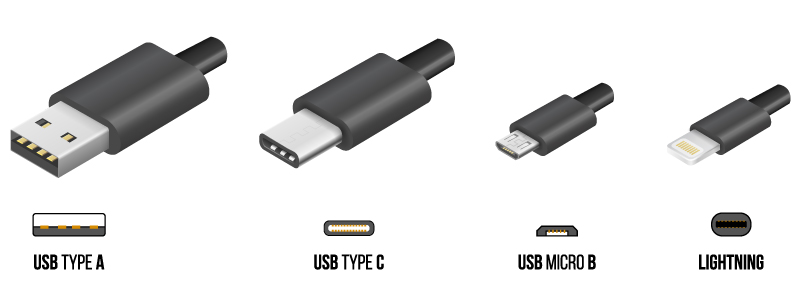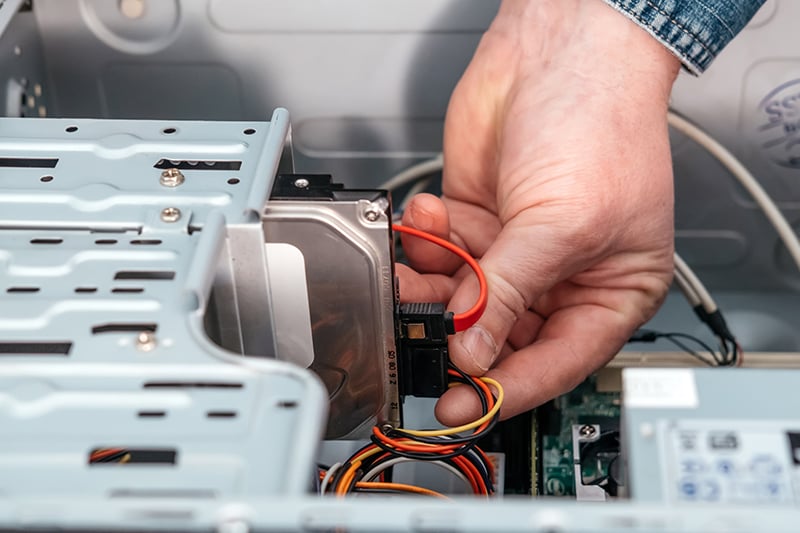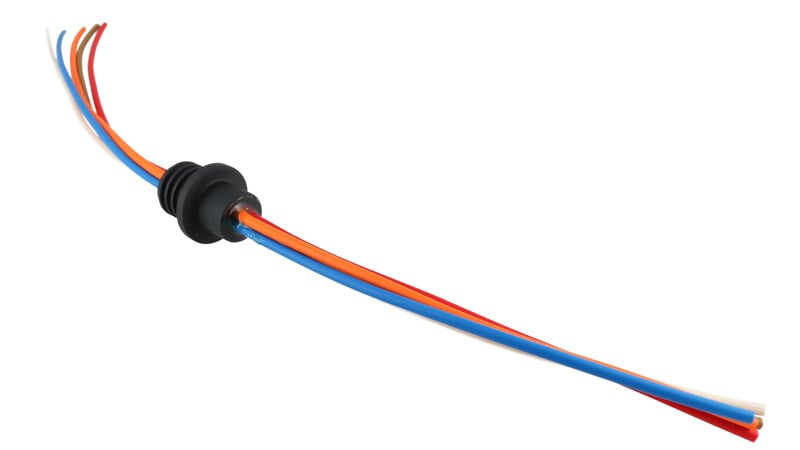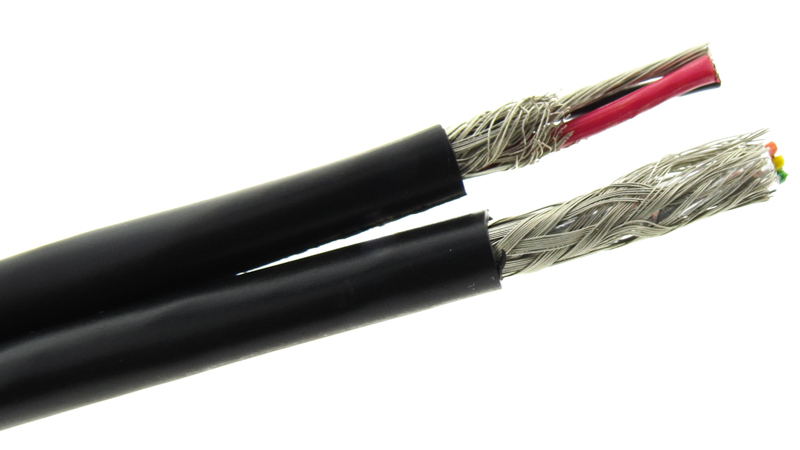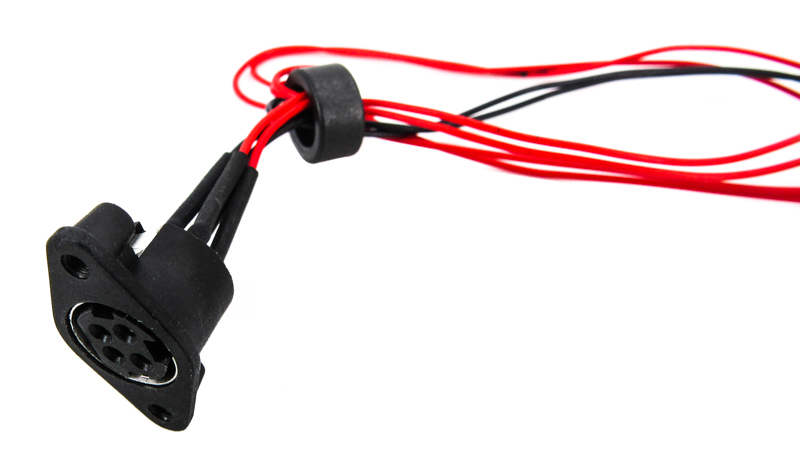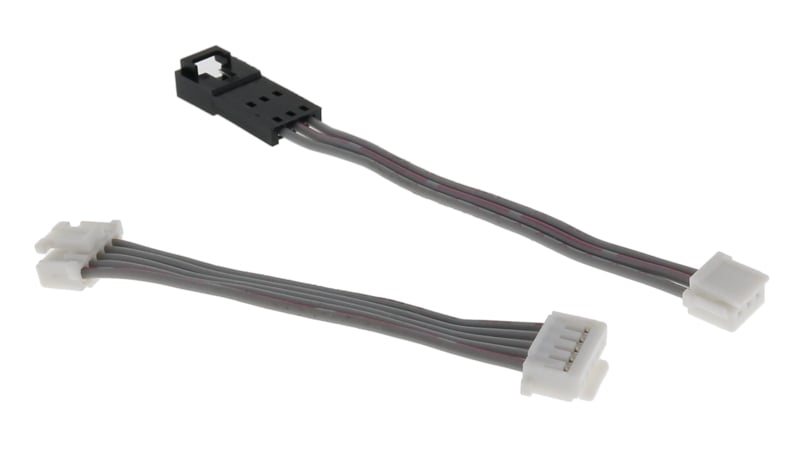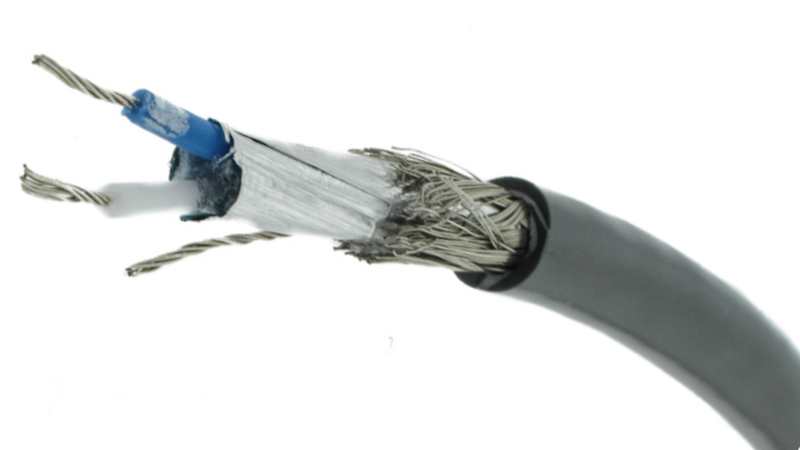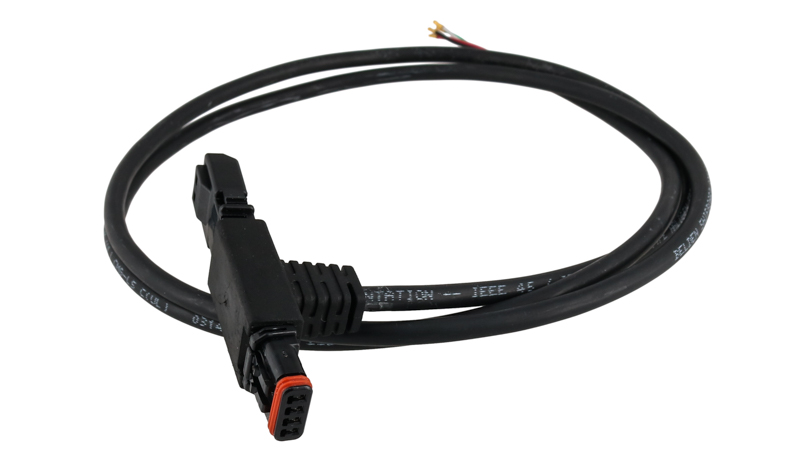Short for "Universal Serial Bus," a USB cable is one that has become a nearly ubiquitous part of our lives, even if some people don't necessarily realize it. Technologically speaking, it involves an industry standard that created precise specifications for not only how these types of cables can be manufactured, but how they can connect one device to another, how power and data can be transmitted, and more.
In the world of custom cable assemblies, flexible wire and overmold solutions are used in a wide range of different contexts. Not only are they commonly employed in association with various types of industrial equipment, but they also play an important role in fields like automation, robotics, and even the automotive industry.
With thousands of wire types, cross-sections, and material combinations, there is no shortage of options available to engineers when selecting low-voltage cables for automotive applications. Kicking off any new design project will require a careful review of the program requirements, timeline restrictions, and budget constraints.
More people are taking into consideration the types of vehicles they use for work, school, and to get around town. Electric vehicles (EVs) are becoming a trend for both individuals as well as commercial operations. Aside from the tax benefits and reduced need for fossil fuels, battery technologies have matured enabling the EVs of today to offer comparable performance to the traditional internal combustion engine.
An electrical continuity test is used to determine if there is an uninterrupted path within a circuit allowing current to pass. Continuity allows electrical components to become properly energized and operate as intended. Simple electrical tests can help verify continuity quickly and inexpensively in a circuit, with sophisticated test equipment available for higher complexity options.
When designing a custom cable assembly, it can be more in-depth than you would initially think. All you have to do is make connections, right? What could be intricate about that? If care is not taken during the design process, it could lead to unintentional failures or incorrect functionality down the line.
Magnetism is such a fascinating and important phenomenon that our world quite literally would not exist without it. Magnetic fields, electromotive force, and electromagnetism are wildly complex subjects while at the same time and at a high level, somewhat simple to understand. What is important is that these principles help electric motors run, earth’s magnetosphere shield civilization, and refrigerator magnets stick unless, of course, your appliances are stainless steel.
Printed text and other markings along wire jackets serve multiple purposes. What may appear as gibberish text on the outside of a cable is likely meaningful information that can be used to quickly determine the wire size, voltage rating, and the relevant industry certifications that the cable meets.
The process of extruding metals, plastics, and other molten materials is common and necessary to produce many of the products used in the world today. Items such as drinking straws, PVC pipes, and even coat hangers also rely on extruded raw materials for processing. No different than a child’s playdough set or making homemade pasta, material is forced through an extruder die creating the long uninterrupted shape of whatever material is being made.
Custom cable assemblies use various types of plugs, connector housing, and gasketing to mate and properly seal within a system. These connectors provide a way to mechanically attach to the other system components by means of a latch or a polarized connector body.


